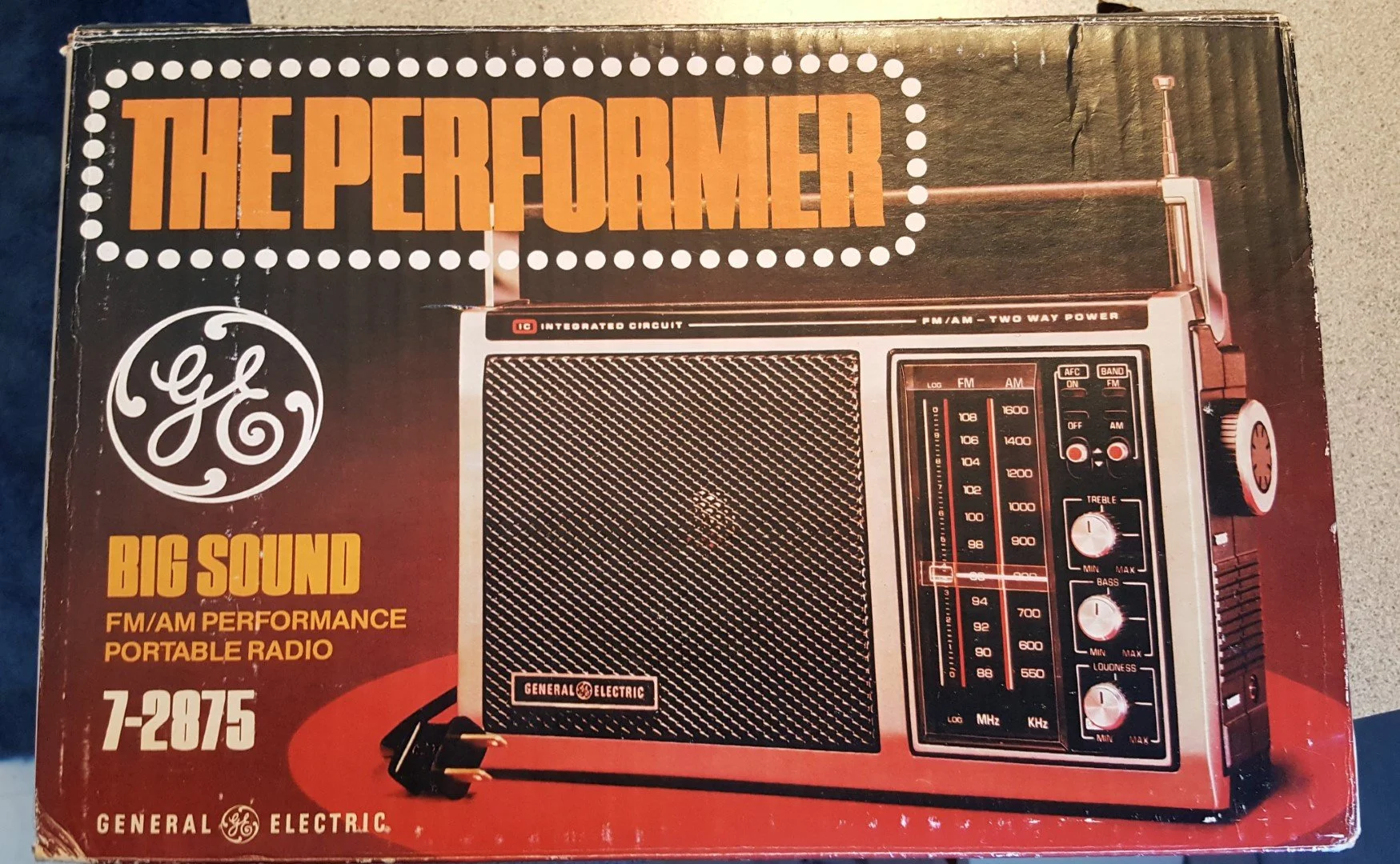When you buy a vintage radio, the features listed feel like a high schooler padding out an essay: precision dial tuning, adjustable antenna, both AM and FM bandwidths! It’s an amusing vestige of a different time when there was no distinction between terrestrial and non-terrestrial radio.
So, why buy an old radio when you can use the internet? Why not just use a smart speaker? Why even listen to the radio when you’ve got Spotify? That has all the songs and all the podcasts. But, for me, the GE 7-2875 has something the internet doesn’t: the spirit of rebellion.
This radio has no monthly fee. It doesn’t track when it’s in use. It doesn’t tell anyone what I’ve been listening to. It connects me to local news plus limitless jams (without shelling out a few extra bucks to skip ads). And if you listen to local, public, and college radio stations, with their limited scope and dwindling ad market, you’ll be participating in this spirit of rebellion, too.
And in my quest to spend a little less time with the Algorithm (especially when it comes to music), I’ve been enjoying new music from my local college station (shout out to KCRW). They play tunes that a person (not a computer, focus group, or shareholder) has curated. And that might mean getting shoved outside your comfort zone and discovering something truly new.
So forgive me if I get a little Andy Rooney, but this thing just works. It’s close to 50 years old and still happily transforms the radio waves floating around our country into hot beats and local news coverage (shout out to KPCC). It might not be practical. It might not have the shows I want to hear when I want to hear them. But the GE 7-2875 helps keep me connected, expands my worldview, and doesn’t want to track my every move.





